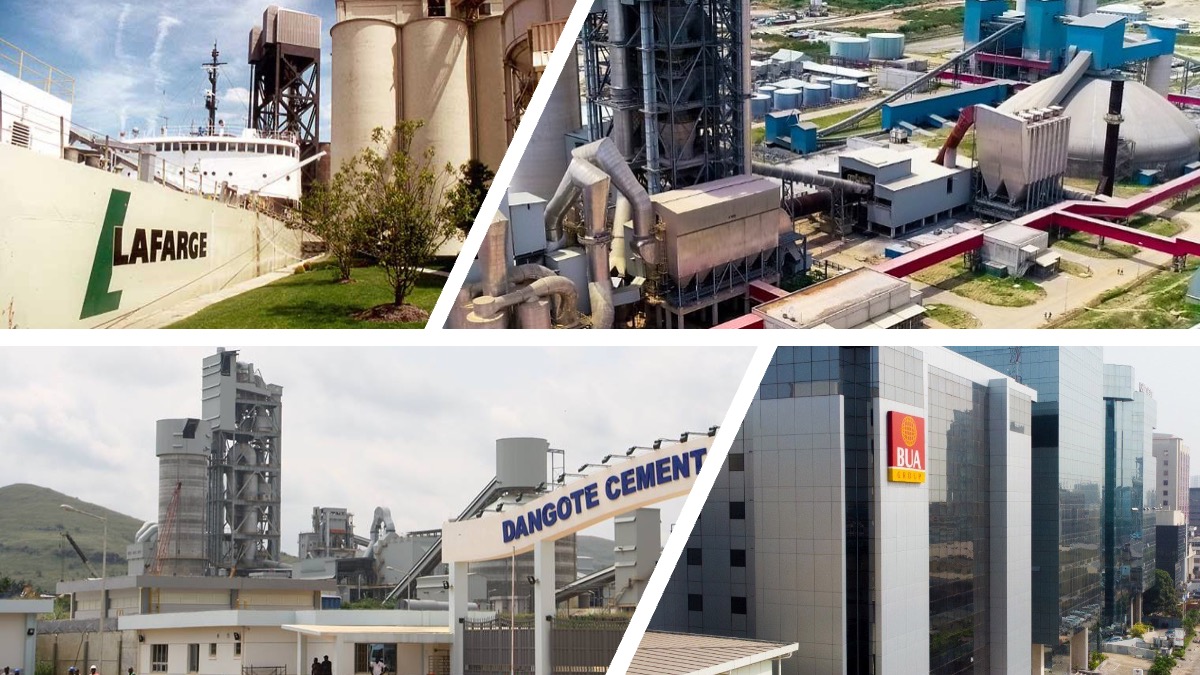Nigeria’s non-energy mineral sector is integral to the nation’s economy, supplying essential materials like cement, barite, and lead. However, despite its significance, the sector is grappling with a range of challenges that hinder growth and profitability. High operational costs, thin profit margins, and systemic inefficiencies are straining smaller operators while presenting hurdles even for industry giants. This article explores the root causes of these issues and examines strategies for revitalizing the sector.
The Current State of the Sector
1. Contribution to the Economy
- The sector underpins industries like construction, manufacturing, and oil and gas.
- Cement alone accounts for a significant share of Nigeria’s industrial production, with major players such as Dangote Cement, Lafarge Africa, and BUA Cement driving the market.
2. Key Challenges
- Low Margins: Intense competition and rising costs compress profit margins.
- Market Volatility: Fluctuations in global commodity prices and demand create uncertainty for operators.
Key Insight: Despite its critical role, the sector’s potential remains underutilized due to systemic challenges.
Key Factors Driving High Costs
1. Energy Dependency
- Energy-Intensive Processes: Cement production and mineral extraction require significant energy inputs.
- Diesel and Gas Costs: Many operators rely on expensive diesel generators due to unreliable power supply.
2. Regulatory and Tax Burdens
- Multiple Taxation: Federal, state, and local levies increase the financial burden on operators.
- Environmental Compliance: Stricter regulations require costly investments in green technologies.
3. Inefficient Supply Chains
- Poor infrastructure exacerbates logistics challenges, increasing transportation costs.
- Limited access to modern machinery reduces operational efficiency.
Impact: High costs erode competitiveness, particularly for smaller players with limited economies of scale.
Low Margins: Causes and Effects
1. Price Competition
- Larger players dominate the market, often engaging in price wars to secure market share.
- Smaller firms struggle to compete, operating on razor-thin margins.
2. Limited Value Addition
- Most operators focus on raw material extraction with minimal processing, missing out on higher-value opportunities.
3. Global Commodity Volatility
- Exporters face revenue fluctuations due to changing global prices for barite, lead, and other minerals.
Key Insight: Addressing low margins requires both cost control and diversification into value-added products.
Strategies for Overcoming Challenges
1. Energy Optimization
- Renewable Energy: Investments in solar, wind, or biomass energy can reduce reliance on expensive fossil fuels.
- Energy Efficiency: Upgrading kilns and other equipment lowers energy consumption.
2. Operational Modernization
- Automation: Adopting smart technologies improves productivity and reduces costs.
- Logistics Optimization: Streamlining transportation networks enhances supply chain efficiency.
3. Diversifying Revenue Streams
- Value-Added Products: Processing minerals into higher-value forms can boost profitability.
- Export Markets: Targeting regional demand through the African Continental Free Trade Area (AfCFTA) can expand revenue opportunities.
4. Policy Reforms
- Simplified Taxation: Streamlining tax structures reduces financial burdens.
- Incentives for Sustainability: Offering tax breaks for green investments encourages eco-friendly practices.
Key Insight: A combination of cost reduction, modernization, and supportive policies is essential for sector growth.
Learning from Industry Leaders
Dangote Cement
- Efficiency: Vertical integration and large-scale operations enable cost control.
- Sustainability: Investments in alternative fuels reduce energy costs and environmental impact.
Lafarge Africa
- Green Practices: Focus on low-clinker cement and waste co-processing aligns with global trends.
- Digitalization: Smart factory technologies enhance operational efficiency.
BUA Cement
- Regional Focus: Proximity to raw materials and underserved markets strengthens competitive positioning.
Key Insight: Smaller operators can adopt scalable aspects of these strategies to improve performance.
Opportunities in the Sector
1. Infrastructure Development
- Nigeria’s ambitious infrastructure projects, including roads, bridges, and housing, will sustain long-term demand for cement and aggregates.
2. Sustainability Trends
- Eco-friendly construction materials present new growth avenues.
- Green certifications can open doors to premium markets.
3. Regional Integration
- AfCFTA enables access to larger markets, reducing dependence on domestic demand.
Key Insight: Leveraging these opportunities requires strategic investments and policy support.
Conclusion
The non-energy mineral sector in Nigeria is at a crossroads. High costs and low margins threaten its viability, particularly for smaller operators. However, the sector also holds immense potential, driven by infrastructure development and regional opportunities.
By adopting modern technologies, optimizing operations, and pushing for supportive policies, the sector can overcome its challenges and unlock growth. For investors and stakeholders, the non-energy minerals sector remains a critical pillar of Nigeria’s industrial future, deserving targeted attention and action.

Leave a Reply